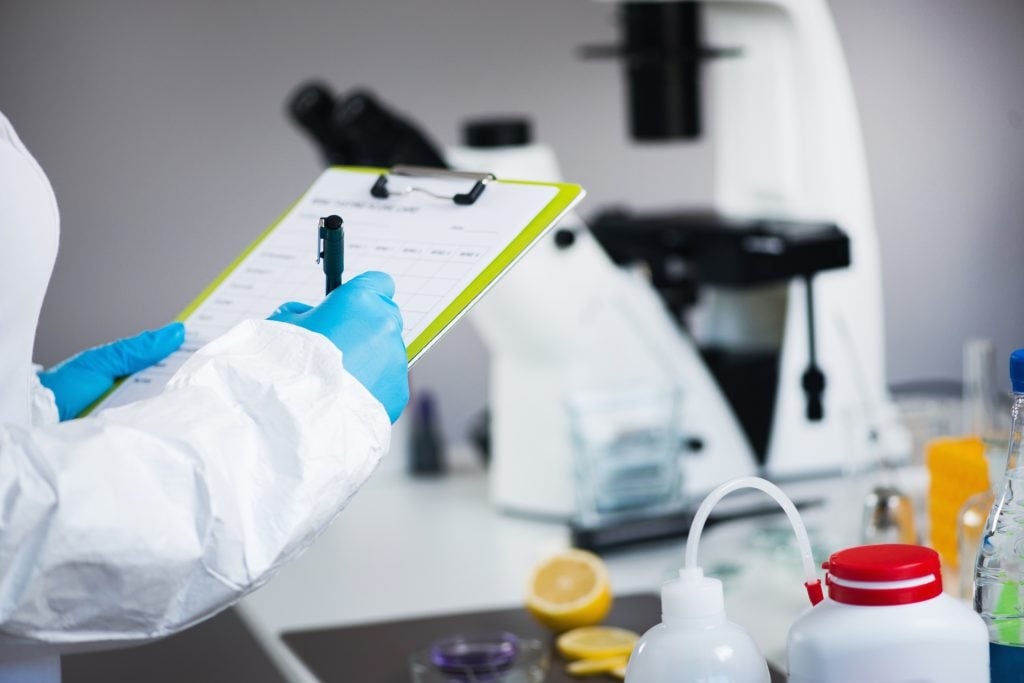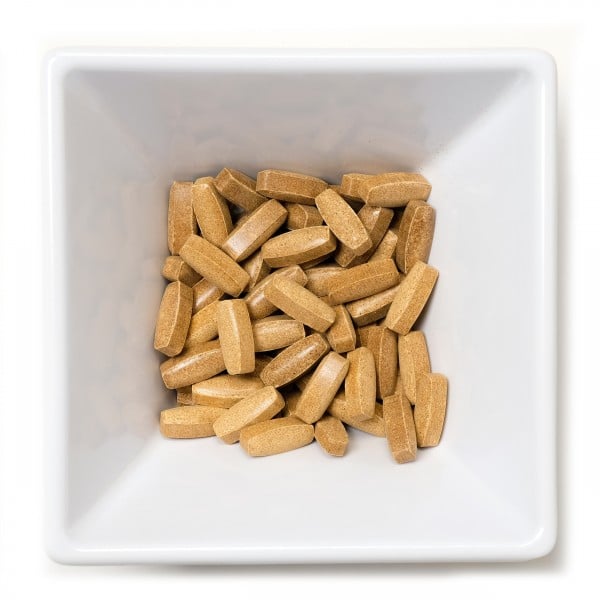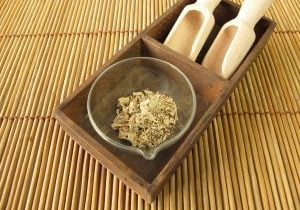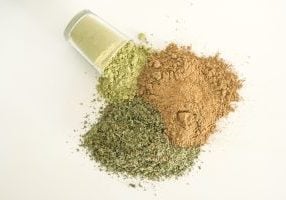Reputable Kratom vendors talk about their lab-accredited testing and why their product is high-quality because they do third-party testing. It’s great that having high-quality Kratom is becoming an essential part of the industry, but what exactly is it being tested for? What do lab results say, and why do the findings matter to you?
Kratom consumers aren’t always fully aware of what is being tested for when a lab test is done. Today, we’ll be sharing more information to help you understand Kratom lab results. Learn what we test for, why we test for it, and what you should review if you ever look at certificate of analysis.
Kratom Lab Testing: What Is It?
Kratom lab testing is the process used by vendors and production companies to analyze their powders, capsules, extracts, and other Kratom-based products. This testing is looking for heavy metals and pathogens while also finding out more about the product’s history, alkaloid content, and other features.
An accredited third-party laboratory typically does lab testing, and some vendors will even have more than one third-party testing organization that works with them. Vendors may list their testing information on their websites, or may make it available to customers upon request. Membership into industry organizations, such as the American Kratom Associations GMP program, requires rigorous testing standards.
Kratom lab testing becomes a more essential part of the industry every day, and that’s a trend we are happy to see continue as the industry matures.
Why Is Kratom Lab Testing Important?
Why do we know that lab testing is so important? What is it about this testing that makes the industry stronger and our customers safer?
Both suppliers and vendors want to ensure several things:
#1: Keep products safe for customers.
First, we want to ensure that our products and the raw materials we keep in stock are safe for our customers. This means that we need to ensure there are no harmful contaminants, chemicals, or other dangerous impurities in the products, as these would be unsafe for consumers.
#2: Ensure product quality.
Another critical aspect of testing is ensuring that the Kratom being tested has a consistent alkaloid profile. This means that we test for alkaloid content, and profile. This helps us ensure we can provide a consistent experience and products that our customers can rely on.
#3: Check consistency between batches.
Finally, we want to replicate the same product for our customers repeatedly. By ensuring that our batches have the same characteristics, alkaloid profiles, and purity, we ensure that our customers get exactly what they ordered every single time. This is very important to us.

Digging In: What We Test For
What exactly is being tested for when we work with a third-party testing laboratory to review our products? Our materials are screened for a wide variety of things, and the critical point is that we want to ensure there is nothing impure or unsafe in our products.
Several substances are dangerous for humans when found in high concentrations, so a lot of the testing done is to ensure that none of these substances are found in our products in these concentrations.
For example, it is normal to consume a tiny amount of pathogens every time we visit a store or breathe in the air around us. These tiny amounts are easily handled by our bodies and eliminated. However, if we were to breathe in a large amount of a pathogen at once, this could be very dangerous.
This is why so much of the testing done on substances like Kratom is focused on concentrations. Testing agents ensure that no substances are discovered in dangerous quantities or concentrations.
There are three main things that most Kratom lab results will show:
- • Identity
- • Heavy metals
- • Pathogens
- • Alkaloids
Let’s learn more precisely what is being looked at in these three categories.
#1: Identity
Is the substance that’s being tested actually Kratom? Most lab tests begin with a screening for identity, which guarantees that the leaf, powder, or other product being tested actually is what it claims to be, in this case, Kratom.
#2: Heavy Metals
Kratom testing always includes heavy metal tests. Most tests are looking for the presence of the following heavy metals:
- • Arsenic
- • Cadmium
- • Lead
- • Mercury
Advanced testing procedures check out the concentration of these substances to ensure that none of the Kratom tested has been contaminated with heavy metals. Heavy metals appear in many substances, but they are only safe for consumption at very low concentrations. Lab testing ensures that the Kratom in question doesn’t contain harmful amounts of heavy metals.
#3: Pathogens
The next item that is screened for when testing Kratom is the presence of pathogens. Pathogens such as bacteria or mold spores can be present in anything, and it’s essential to check for the presence of these microbes.
Certain microbes can be hazardous, so the lab testing always ensures testing for the following:
- • Coliforms
- • E. Coli
- • Mold
- • Salmonella
- • Staphylococcus Aureus
- • Yeast
#4: Alkaloids
The final thing included in many lab reports is less about danger and more about quality. Most Kratom vendors and suppliers will have their product tested for the concentration of specific plant alkaloids.
Alkaloids naturally occur in the Kratom plant, but the amount of alkaloids in any particular strain can vary depending on when the leaves were harvested, processed, and stored. By testing for specific plant alkaloids, companies can ensure that the potency and purity of their Kratom products are consistent and high-quality.
Labs test for mitragynine and 7-hydroxymitragynine as these are the two primary alkaloids responsible for Kratom’s effects on the body. However, keep in mind that Kratom has more than 20 different alkaloids, and each of these concentrations varies by strain. More and more labs are adding additional alkaloids to the panel they use to test kratom, and some can detect up to ten alkaloids in very small concentrations at this point in time.
How to Read a Kratom Lab Report
Now that you know more about what should and shouldn’t be found in Kratom let’s talk about what to look for on a lab report. Many Kratom vendors will send you a copy of a lab report or a Certificate of Analysis (sometimes called a COA, a distilled version of the laboratory results that certifies testing was done properly) if requested, and some even have these reports on their websites for easy viewing.
What exactly should you look at when reviewing a report or COA?
We suggest double-checking the following to be sure you’re seeing an accurate report and reliable information:
- • Ensure that the testing was done by an accredited third-party laboratory, not the vendor.
- • Check the packaging for a lot number and batch number.
- • Arsenic content below 2 PPM
- • Cadmium content below 0.85 PPM
- • Lead content below 1.2 PPM
- • Mercury content below 0.41 PPM
- • Coliforms: less than 10,000 CFUs per gram
- • E. coli, Staphylococcus aureus, and salmonella: should not be detected in the testing amount
- • Yeast and mold: less than 100,0000 CFUs per grams
At Kraken Kratom, we take laboratory testing very seriously. In fact, we were one of the very first Kratom vendors in the country to begin lab testing all of our products. We know how important quality is to our customers, and we’ve consistently taken steps to ensure our Kratom products meet the same quality standards you would find in any other food grade product. For more information about our quality assurance processes, see our page on Lab Testing.











